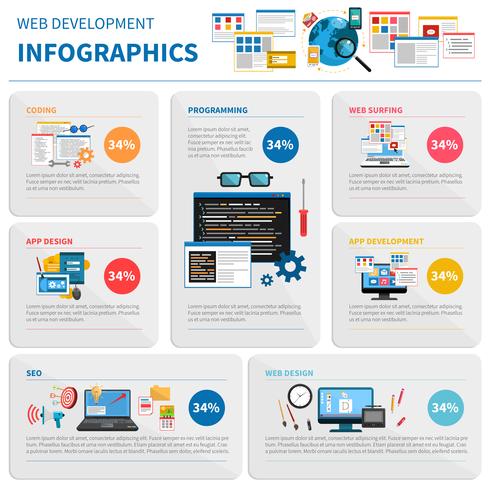Improve Your Web Site'S Individual Experience And Pursue Style Excellence With Our Instinctive And Functional Ideas And Techniques
Improve Your Web Site'S Individual Experience And Pursue Style Excellence With Our Instinctive And Functional Ideas And Techniques
Blog Article
Article Created By-Hjelm Graves
Master the art of web design by concentrating on user experience. Craft user-friendly navigation and select mobile optimization to boost the searching experience. Make sure easy navigating with clear headings and enticing visuals. Focus on mobile responsiveness for a constant customer experience. By integrating these necessary layout principles, you can create a straightforward website that captivates site visitors.
Essential Layout Principles
When designing a site, prioritize user experience most of all else. Your major objective should be to produce a smooth and satisfying experience for your visitors. Start by guaranteeing that your website is simple to navigate. Usage clear headings, arranged menus, and intuitive switches to guide users through your material effortlessly. Keep in mind, simplicity is essential. Avoid cluttering your pages with unnecessary aspects that can overwhelm or confuse your audience.
Another vital layout principle is to make certain your web site is visually attractive. Select a cohesive color pattern, high-grade images, and legible font styles to enhance the total appearance of your site. Consistency is critical in establishing a solid brand identity and making your website much more unforgettable to users.
Additionally, focus on mobile responsiveness. With more people browsing the web on their smartphones and tablets, it's crucial that your internet site looks and functions well on all gadgets. Check your website on different screen dimensions to make sure a smooth experience for all customers. By concentrating on these important style principles, you can develop an user-friendly web site that keeps visitors returning for even more.
User-Focused Navigating
To improve user involvement and enhance their searching experience, prioritize developing user-friendly navigating pathways that guide visitors effortlessly via your web site. Clear and efficient navigation is essential for helping users discover the details they require swiftly and efficiently. Start by maintaining your food selection framework simple and easy to understand. Use detailed tags that clearly indicate what content can be located under each menu choice. In addition, consider applying dropdown menus for subcategories to avoid congestion the major navigating bar.
Another key element of user-focused navigation is making use of breadcrumbs. Breadcrumbs are a second navigating aid that reveals individuals their current place on the internet site and allows them to quickly navigate back to previous pages. This feature is especially useful for individuals that enter your website with a deep web link or an internet search engine outcome.
Additionally, integrating search performance prominently on your website can better boost user navigation. A search bar permits users to quickly find specific material without having to click with multiple web pages. Make sure that your search bar is quickly noticeable and easily accessible on every page of your website for maximum use. By focusing on user-focused navigating strategies, you can develop a more instinctive and satisfying surfing experience for your visitors.
Mobile Optimization Techniques
Take into consideration optimizing your internet site for smart phones to make sure a smooth user experience throughout different screen sizes. Mobile optimization is crucial in today's electronic landscape where a substantial portion of net browsing happens on mobile phones and tablets.
To improve mobile functionality, start by implementing responsive design strategies. This strategy allows your website to adapt to different screen measurements, maintaining capability and looks.
Focus on maximizing loading times for mobile customers. Slow-loading websites can discourage site visitors and effect your online search engine positions. Press photos, reduce HTTP requests, and utilize internet browser caching to enhance filling speed. Furthermore, prioritize material pecking order for mobile screens. Ensure that crucial information is prominently displayed, and navigation is intuitive, promoting very easy access to crucial sections.
Utilize mouse click the next document -friendly components such as larger buttons and streamlined types to assist in communication on smart phones. Conduct comprehensive screening across different mobile platforms to identify and rectify any type of use concerns.
Conclusion
Finally, grasping the art of web design is critical for producing an user-friendly web site. By integrating vital design concepts, user-focused navigating, and mobile optimization techniques, you can ensure a smooth and satisfying experience for your visitors.
For instance, a regional bakeshop saw a 30% rise in online orders after revamping their site to be much more easy to use and mobile-responsive. Remember, a well-designed website can make all the difference in attracting and preserving clients.
